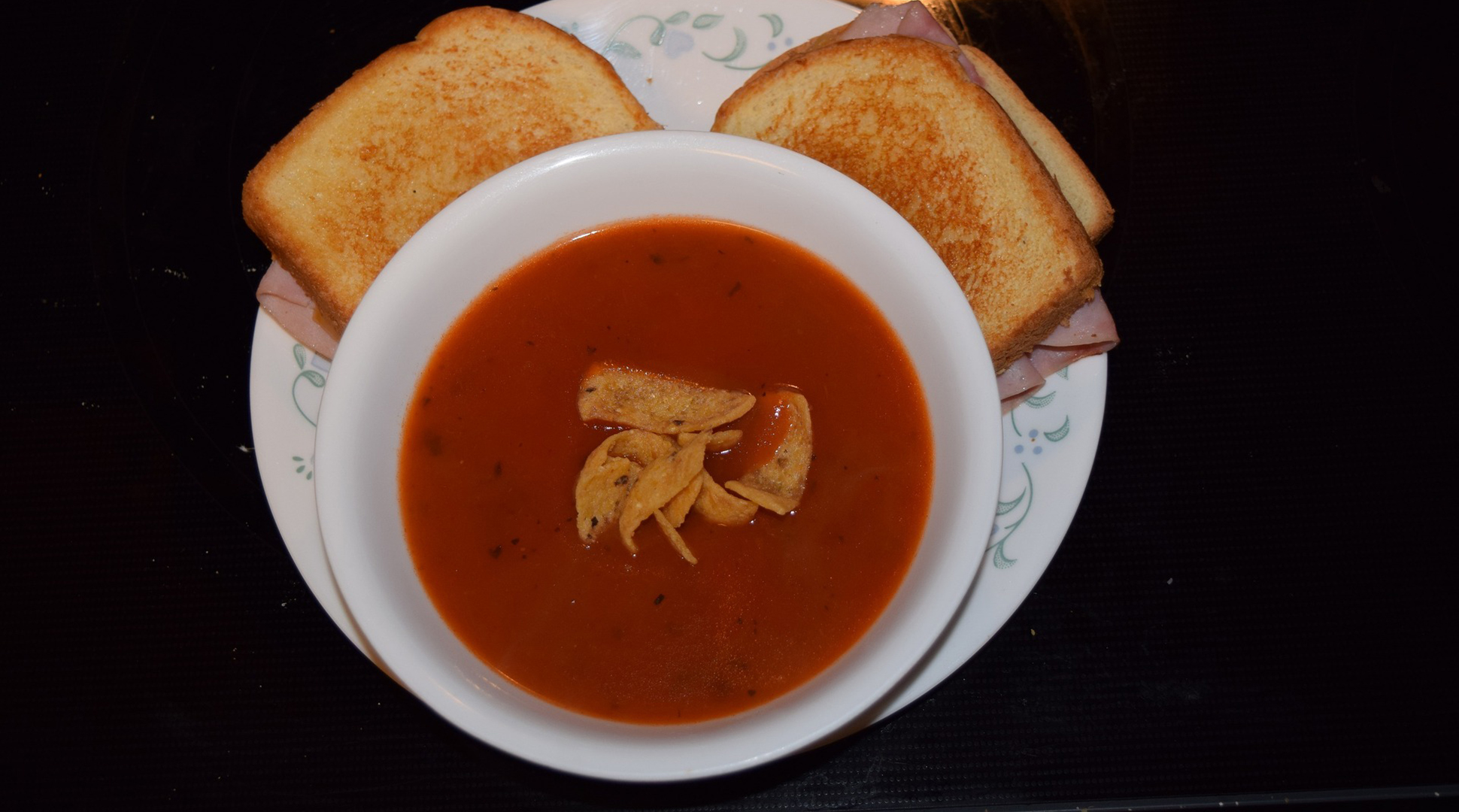By Julie Garden-Robinson, Food and Nutrition Specialist, NDSU Extension
I sat in my living room covered with a blanket.
It was a brisk minus 20 F afternoon in North Dakota. I was thinking about a warm, comforting dinner menu.
I asked my Facebook friends to name their favorite “comfort foods.”
My question prompted more than 140 comments from all over the U.S., including several recipes. I almost had enough data for a “real” study or, perhaps, a cookbook.
Their responses inspired this column. As we all recognize, food is much more than the protein, carbohydrates and other nutrients that comprise it.
“It’s about the warm feelings that went with it,” one of my friends commented.
She went on to describe the tapioca-soaking process as her mother made tapioca pudding. She remembered being the helper who stirred the tapioca pudding.
Her comment brought back memories.
“I need my stirring girl,” my mom would say when she needed me to stir chocolate or vanilla pudding.
Another friend mentioned the time, effort and love that goes into making foods such as homemade mashed potatoes and gravy.
My Facebook friends mostly cited warm, creamy foods that were either savory or sweet. Most foods were quiet, not crunchy. Many mentioned a parent, grandparent or in-law and the nostalgic, warm feelings that these favorite foods conjured.
The most common comfort foods were mashed potatoes with or without gravy, often served with meatballs, meatloaf, pork or beef roast, turkey or chicken. Several mentioned Sunday dinners and coming home after church to the aroma of a delicious, warm meal.
Macaroni and cheese was noted frequently. While some liked boxed mac and cheese, others were very specific as to the type of cheese used to make their favorite homemade version.
Soups ranging from lentil soup to chicken noodle to cheddar cheese were popular. Casseroles (or “hot dishes” as we call them in the Midwest) ranked high as comfort foods, with tater tot, tuna noodle or spaghetti hot dish (goulash) cited by several.
Tomato soup (homemade or canned) with grilled cheese sandwiches was noted by numerous friends as being comfort food.
Although chili was noted as a favorite comfort food by several, most foods were not very spicy. Barbecues (or sloppy joes or slush burgers) were popular for some. Homemade bread or rolls also were a favorite.
One of my friends from the southern U.S. mentioned greens, cornbread and a bean dish.
Several “heritage food” preferences appeared. Dumplings and other boiled or fried doughs were quite popular.
My friends with German from Russia heritage talked about knoephla (dumpling) soup, cheese buttons, kuchen, warm German potato salad and a “German dinner” with sausage and assorted German foods.
One friend was very specific about the spelling and preparation of “knaedla,” a boiled dough fried with onions and potatoes.
To one friend, Jell-o was “the bomb” in terms of comfort food. That certainly evoked memories for me, especially if it was red Jell-o with suspended mandarin oranges and mini marshmallows floating on top.
The Scandinavians piped up with rommegrot (cream-based pudding), lutefisk and creamy rice pudding as comfort foods.
I grew increasingly hungry as I read, except for the lutefisk. That’s cod fish with an interesting texture and served with lots of butter. I share that heritage but not the tastebuds. Fortunately, lutefisk often is served alongside meatballs and gravy.
How did my friends’ food recollections compare with published literature?
The term “comfort food” has been around since the mid-1960s, and it often is associated with foods that provide emotional comfort or nostalgic feelings. One researcher reported that 86% of survey participants viewed comfort foods as “jubilant” foods eaten at happy times instead of foods that console you.
In a 2000 study, potato chips, ice cream and cookies were the top comfort foods.
Some researchers have found a gender difference, with women liking ice cream, chocolate and cookies. Men liked ice cream, soup, pasta and pizza.
Your age affects what you consider as “comfort foods.” Researchers reported that people ages 18 to 34 tended to prefer ice cream and cookies, and 35- to 54-year-olds liked soup and pasta. Those 55 and older liked soup and mashed potatoes.
I did not gather ages from my Facebook friends. However, I had a lot of soup and mashed potato fans in my friend group. You can draw your own conclusions.
Do comfort foods really “comfort” you? Researchers split 100 people into three groups. Each of the groups watched a movie considered “upsetting” for 18 minutes, then they were provided with a large portion of their own comfort food, a “liked” food (such as popcorn), neutral food (such as a snack bar) or nothing. About three minutes after eating, they were given a survey to assess their mood.
No specific comforting effect was provided by any of the foods. Maybe the foods take longer than a couple of minutes to elicit a neurological response.
Instead of a specific recipe this week, here is an array of recipes, many tested by my former dietetic interns and made more healthful with a few ingredient updates.
• Check out some Germans from Russia cuisine compiled in conjunction with the NDSU Library’s German from Russia Heritage Collection. We trimmed fat, calories and sodium by using extra-lean meat, lower-sodium broth and half and half instead of cream. See the recipes, including a friend-favorite knoephla soup, at https://tinyurl.com/3lmnnozr for details.
• Hungry for soup in general? Check out a range of soup recipes here: https://www.ag.ndsu.edu/food/recipes/soups-salads, including cheesy ones. You will find salads, too, for warmer days.
• How about a variety of recipes from many cultures, including Scandinavian recipes? See “North Dakota Food and Culture” at https://tinyurl.com/3gj4twhh.
Julie Garden-Robinson, Ph.D., R.D., L.R.D., is a North Dakota State University Extension food and nutrition specialist and professor in the Department of Health, Nutrition and Exercise Sciences. Follow her on Twitter @jgardenrobinson.
